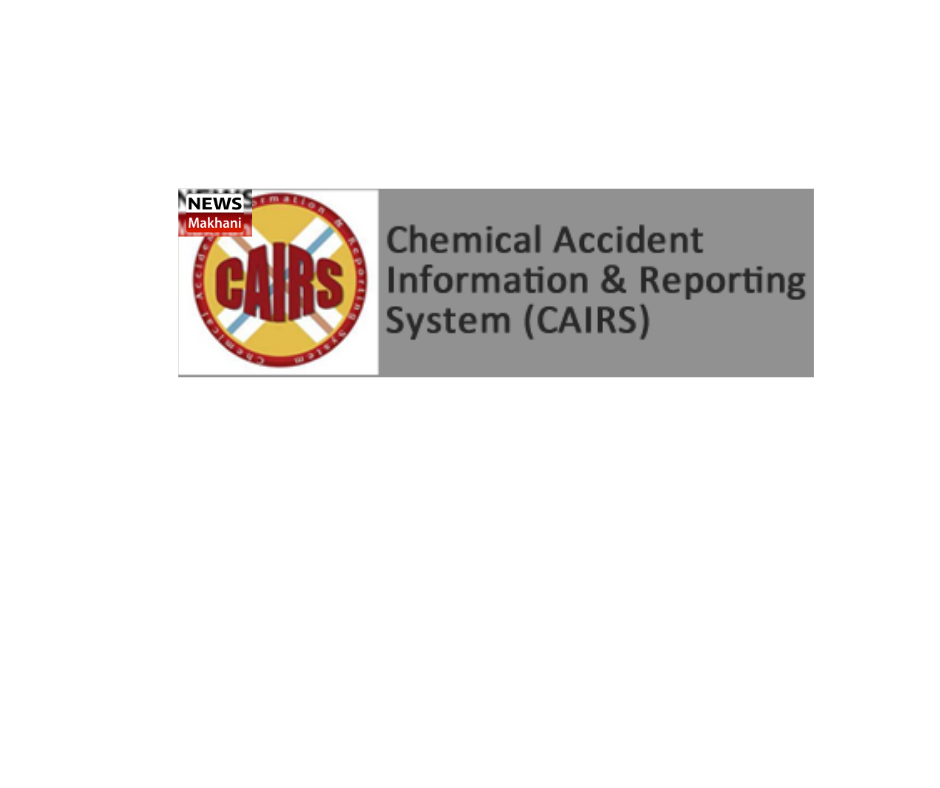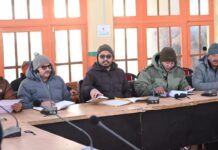HIMACHAL, OCTOBER 15
Chemical disasters can be disturbing in their impacts on human lives, infrastructure, assets, and the ecology. A web based Chemical Accident Information and Reporting System (CAIRS) should be developed by the department of Industries/Disaster Management Cell with the help NIC that carries Information on hazardous chemicals, location mapping, processes, storage, handling, decontamination, accidents and the best practices etc. are documented for future.
This was stated by the Chief Secretary Anil Kumar Khachi over an online table-top exercise on Chemical Disasters today. This Tabletop Exercise on Chemical Disasters, mainly industrial ones, including five Districts Kangra, Kullu, Solan, Sirmaur and Una is the very first initiative to test our State’s preparedness on emergencies that may arise due to industrial hazards.
As the State is introducing industries, it becomes a responsibility that we must be aware of the vulnerability of chemical/industrial hazards and be prepared to deal with it. With new industries setting up and industrial townships coming up in the State, there is need to take cognizance of the imminent threats of chemical (industrial) disasters whose adverse impacts would encompass the entire biota, he said, adding that the provisions innumerated in the various Acts to mitigate industrial hazards needs to be implemented in letter and spirit across the State. There is a need to discuss better and effective institutional mechanism, coordination and strategies for ensuring synergy in the various activities of different departments.
He said that the Bhopal Gas Disaster of 1984 spread in global awareness on the importance of preventing chemical disasters. That incident prompted a huge change in the legislative landscape of the country, and number of laws were therein passed, in its aftermath. He focused on the need of proper data documentation about the industrial incidents in the State and proper reporting system for chemical storage along with handling and accidents in a comprehensive common format. Chief Secretary stressed for regular meetings of the State, District and Local Crisis Groups need to be organized to review the off-site emergency plan, monitor post-accident situation etc. The meeting reports should be shared with the DM-Cell along with follow-up actions. There is an urgent need to enhance the capacity of Fire Department especially those fire stations which are in the vicinity of the Industrial Pockets.
He also stressed on the inventory of specialized equipment and specialist manpower resources besides strong institutional mechanism. Strong database of resources is needed and the database needs to be updated regularly and should be suitably integrated with the control rooms established at State and District Headquarters. He said that the State and Districts should conduct at least one full-scale mock drill for chemical accidents every year. Such exercises should be started after Covid-19 issue subsides as it will enable us to test the efficacy of our plans and will provide significant inputs to improve upon the preparedness measures.
He also asked to appoint a Nodal Officer to co-ordinate with media during such mishaps or chemical hazards. The key stakeholders presented their status of preparedness for a chemical disaster in industrial area. The worst case scenarios were discussed with various key stakeholders for preparedness to early warnings and about an action plan for the management of the chemical disaster risk and strategy.
Additional Chief Secretary, Revenue RD Dhiman said that we must be well equipped to mitigate the industrial disasters according to the chemical being used in the industry. Director-cum-Special Secretary (Rev-DM) DC Rana expressed vote of thanks. Member National Disaster Management Authority Lt. Gen Syed Ata Hasnain, Senior Consultant National Disaster Management Authority Maj Gen (Retd) V.K Naik, Advisor (Ops & Communication) NDMA Brig. Ajay Gangwar, Members of State Executive Committee /State Disaster Management Authority, Officers of National Disaster Response Force, All the Incident Response Team Members (IRTs), Deputy Commissioners, Head of Departments, representatives from Districts and Departments and representatives of various Stakeholder agencies were present in the training workshop along with others.

 हिंदी
हिंदी






